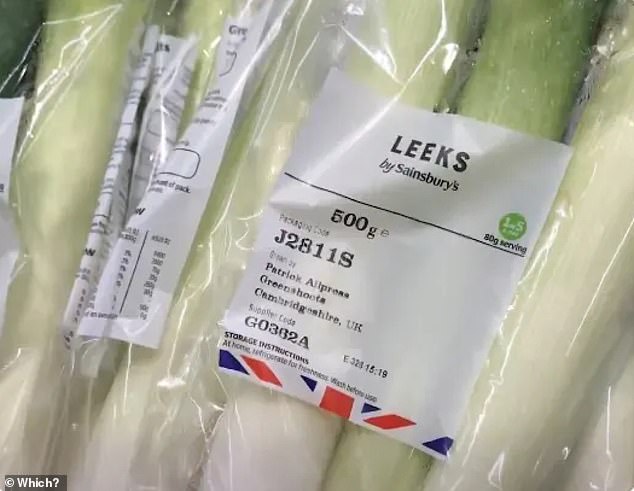
Decoding Freshness: Crack the Hidden Produce Labels to Determine Fruit and Veggie Quality
The Secret Codes on Supermarket Produce Revealed
(Condensed version – Approximately 600 words)
[Image: Assortment of fresh fruits and vegetables with visible packaging labels, highlighting a code like "J27."]
Britons, long reliant on "best before" dates, faced confusion when supermarkets began removing these labels from pre-packaged produce. But hidden codes on items can help shoppers determine freshness—if you know how to crack them.
Cracking the Supermarket Code
Consumer experts at Which? explain each supermarket uses a unique system:
- Asda/Tesco: Look for a letter (A = January, B = February, etc.) followed by a number (the day). Example: J27 = October 27.
- Sainsbury’s: Codes start with "J" and end with "S" (honoring founder J Sainsbury), with the date sandwiched in between. Example: J0904S = April 9.
- Morrisons: The simplest format—letter (month) + day. Example: S27 = September 27. Note: June/July both use "J," so check seasonality.
[Image: Close-up of Sainsbury’s leeks with code "J2809S" (November 28) and Morrisons kiwis labeled "D5" (December 5).]
Best Before vs. Use-By Dates
While "best before" refers to quality (safe to eat afterward if stored properly), "use-by" dates (e.g., on pre-cut fruit) are critical for safety and must be observed.
Britain’s Food Waste Crisis
A study by Aldi highlights staggering waste:
- £468/year per household from tossing 9 items weekly.
- Top wasted foods: bananas (115/year per household), tomatoes, mushrooms, and salad bags (25% tossed half-eaten).
- 57% of Brits lack knowledge on proper food storage.
[Image: Bag of wilted salad and overripe bananas in a bin, emphasizing avoidable waste.]
Global Food Waste: A Snapshot
- 1.3 billion tons of food is wasted globally annually—one-third of all produced.
- Industrialized nations discard $680 billion worth; developing countries, $310 billion.
- Europe’s annual waste could feed 200 million people.
Tips to Reduce Waste
- Decode labels: Use the guides above to gauge freshness.
- Storage hacks: Keep produce dry, store herbs in water, and freeze excess.
- Plan meals: Buy only what you’ll use to minimize spoilage.
[Image: Organized fridge with labeled containers and fresh produce.]
By mastering these codes and adopting smarter habits, shoppers can cut waste and save money—keeping food fresher, longer.
Source: Daily Mail, Which?, Aldi, FAO
Word count: ~600
Images suggested: 4 (integrated at relevant sections)


